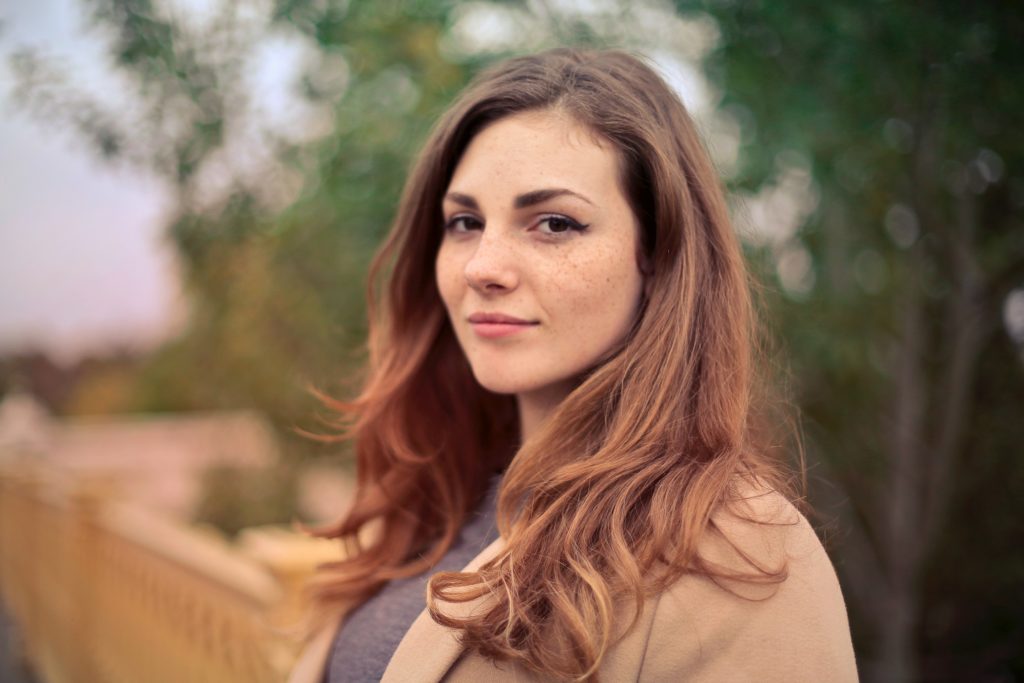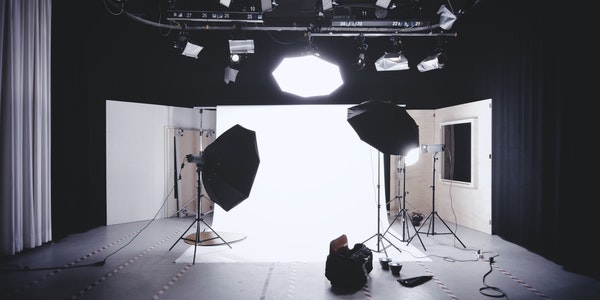Table of Contents
1. Keep the Camera Stable
Friends who are just learning to shoot often encounter blurry pictures. This is caused by camera shake, so avoid camera shake during shooting.
Generally, hold the phone with your left hand, and put your elbow against your chest, or let your body lean against a stable object. When using a telephoto lens, be sure to use a tripod.
The method of pressing the shutter should be steady and gentle, and the whole person should be relaxed. After adjusting your breathing, hold your breath and take the shot.
Hold the camera in a sitting or kneeling position for low-eye-point shooting to enhance stability.
2. Turn Your Back to the Sun When Shooting
Photography is the perfect combination of light and shadow, and enough light is needed to illuminate the subject when shooting. The easiest way is to make the sun behind you, and have a certain offset.
Light can illuminate the subject and brighten its colors and shadows. A slight offset can produce some shadows to show the texture and three-dimensionality of the object. But it should be noted that generally do not let your shadow enter the screen when framing.
![]()
3. Selection of shooting style
Different ways of holding and holding the camera (vertical or horizontal shooting) will produce different image effects. Vertical shots can emphasize the height of the subject (such as shooting a forest), while horizontal shots can emphasize the width of the subject (such as shooting continuous mountains).
4. Change shooting
style
You should constantly try new shooting methods or moods during shooting, otherwise it will give people a sense of immutability.
Personal shooting is very random, and you can shoot wh
erever you go. As long as you think the picture is interesting or meaningful, you can play it at will. For example, you can take some close-up shots of people, panoramic images, the same scene in different climates, and so on.
5. Reduce the shooting distance
Sometimes, it is not necessary to photograph the whole person or thing. Emphasizing a characteristic place in the scene will have a stronger visual impact instead. You only need to get closer to the subject to get better results than shooting at a distance.
6. Enhance the visual effect of depth of field
Depth of field is very important for shooting. Every photographer doesn’t want the photos he takes without three-dimensionality, it looks like a flat surface.

Therefore, it is necessary to appropriately add some objects used to display relativity to increase the depth of field during shooting. For example, if you want to take pictures of mountains in the distance, you can add people or a tree in the foreground of the picture. The wide-angle lens can exaggerate the perspective relationship between the normal space of the subject and the sense of depth.
7. Correct composition
The easiest way to highlight the subject in a photographic composition is to place the subject in the center of the picture.
Because the subject is in the center of the picture, the entire photo has a special stability. But always putting the subject in the middle can be annoying. A good photo is usually well-composed.
The most common in photography is the golden section composition, that is, the picture is divided into three parts (horizontal and vertical), and then the subject is placed on the bisecting line or the intersection. So you might as well use the golden section to compose the picture to make the picture more diverse.
8. Capture the details
Using a wide-angle lens can shoot larger scenes, but such shooting will make you lose a lot of details, especially meaningful details. So sometimes you should use a zoom lens to make the picture smaller and capture interesting small pictures.
9. Pre-focus shooting people
When shooting people, you can stand still. After determining the shooting position and angle, adjust the exposure and focus in advance. Strive to complete the shooting in a short time, reduce the tension of the subject, and get a natural-looking photo.
In the changeable weather, the light changes, so it is necessary to take more shots so that there are enough images for the final selection.
Use light correctly and talk to light
Light is the soul of photography, so we must pay attention to changes in light. Not only the intensity of the light, but also the direction of the light are important, so we must talk to the light with our heart.
For example, the sunset dyes the sunset glow red, symbolizing romance. The gloomy sky presents a cool gray tone, symbolizing melancholy. A ray of sunlight was removed from the shade of the trees, which reflected joyful emotions.
Distinguish the intensity of light
Hard dimming is usually emitted by a single light source, such as the sun, spotlight, flash or single bulb. Under this kind of lighting, the contrast of the subject is large, and the details and texture are highlighted. You can use this light to get a documentary effect.
In contrast, the light quality produced by diffused light is softer. This is the case for indoor indirect lighting, outdoor shade of trees and cloudy days. It is ideal to shoot portraits and quiet outdoor scenery in this light condition.
Pay attention to the light angle
When the angle of light is used, the texture of the subject will be strengthened or weakened accordingly, and the shape of the subject will be highlighted or weakened.
Whether the tone of the photo is pleasant or melancholic will also vary depending on the angle of light. The light projected from above or behind the camera (usually referred to as frontal light) will reduce the sense of gradation of the subject, because the frontal light is not conducive to creating highlights and shadows.
The better choice is to place the light source on one side, and the side light at an angle of about 45° with the subject can well express the shape and details of the subject.
When the light comes from behind the subject, it will produce backlight when it is facing the camera. The subject will appear dramatic in the backlight. When shooting portraits, the backlight creates a beautiful contour light on the edges of the hair of the person. Contrasting backlighting can produce a silhouette effect.
